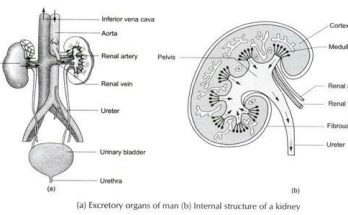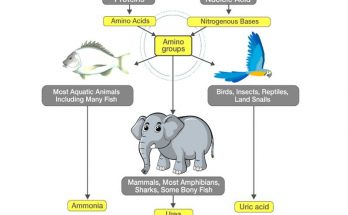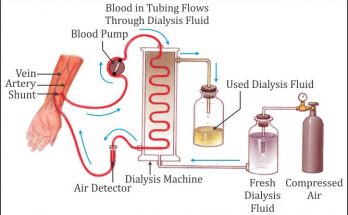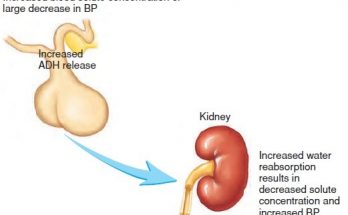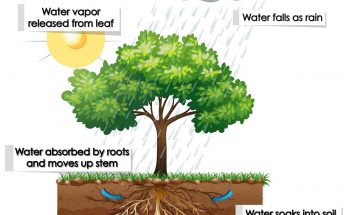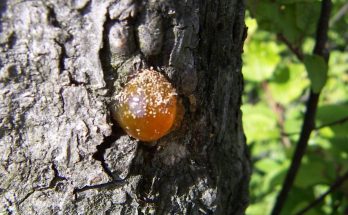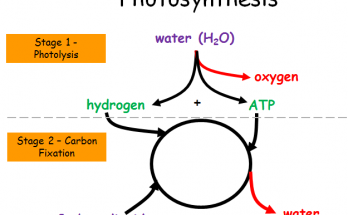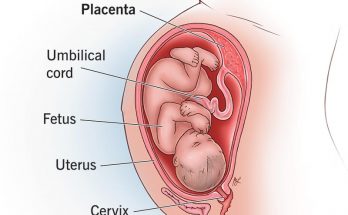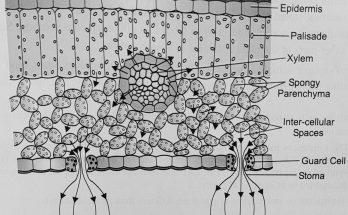
Stomatal Transpiration
Stomatal transpiration is a critical process by which plants regulate their internal water balance and maintain proper hydration. The process involves the movement of water vapour through the stomata in a plant’s leaves, which is regulated by a variety of environmental factors. Stomatal transpiration is also important for regulating plant temperature and promoting growth and development. Environmental factors such as drought, excess water and pollutants can impact stomatal transpiration.
Stomatal Transpiration Read More